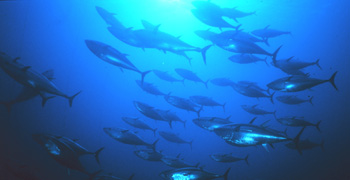 I haven’t done much SCUBA diving since my last trip to Papua New Guinea as I’ve been involved in terrestrial projects.
I haven’t done much SCUBA diving since my last trip to Papua New Guinea as I’ve been involved in terrestrial projects.
Recently an American colleague brought to my attention a diving accident that occurred in California, when a young male died after conducting a deep dive (plus 200 feet) using a mixed gas mix. This reminded me of a similar incident in which I was involved when diving in Papua New Guinea. Although the geographic distance between the two events is greatly separated, the outcome was the same – the diver died from events occurring during deep diving activities.
This brings me to the point of this short post. Diving, although perceived as a safe activity, can be dangerous. Any dive can be dangerous if safety protocols are not followed; however, a dive can become more hazardous if “stress receptors” are added to the diver.
A stress receptor is an event which is additional to the normal stress placed on a diver. For example, cold or deep water, large marine life, currents, and limited visibility all add stress to a diver. Likewise, photographing underwater and carrying the equipment necessary to take photographs, can add stress to an unwary diver.
The training and experience level of the diver will counter the stress receptor, but when the stress receptor (s) is greater than the training and experience, the gap will shorten between safe and dangerous diving.
What every diver must realise is that once you delve outside your comfort, training and experience level, you are involved in a diving activity that can be categorized as dangerous.
The secret to SAFE diving is knowing and understanding your level of comfort, which stems directly from the level of training and experience you’ve been exposed to. Qualifying this, and of more importance, is the frequency with which you dive. If you don’t dive often, the chances are you won’t be in a position to react to unforseen stress receptors. although you may have received the training and initial experience.
Rather than rewrite what I wrote in 2007, click the link to read the Trip Notes from my PNG trip. The diving incident is outlined on page 6 of the trip report. This is .pdf document (right click & save to desktop) PNG Trip Notes
If your interested to read further on diving safety & download .pdf documents relating to deompression and dive safety, navigate to my other website. This is the direct link to the diving download section. Dive Downloads